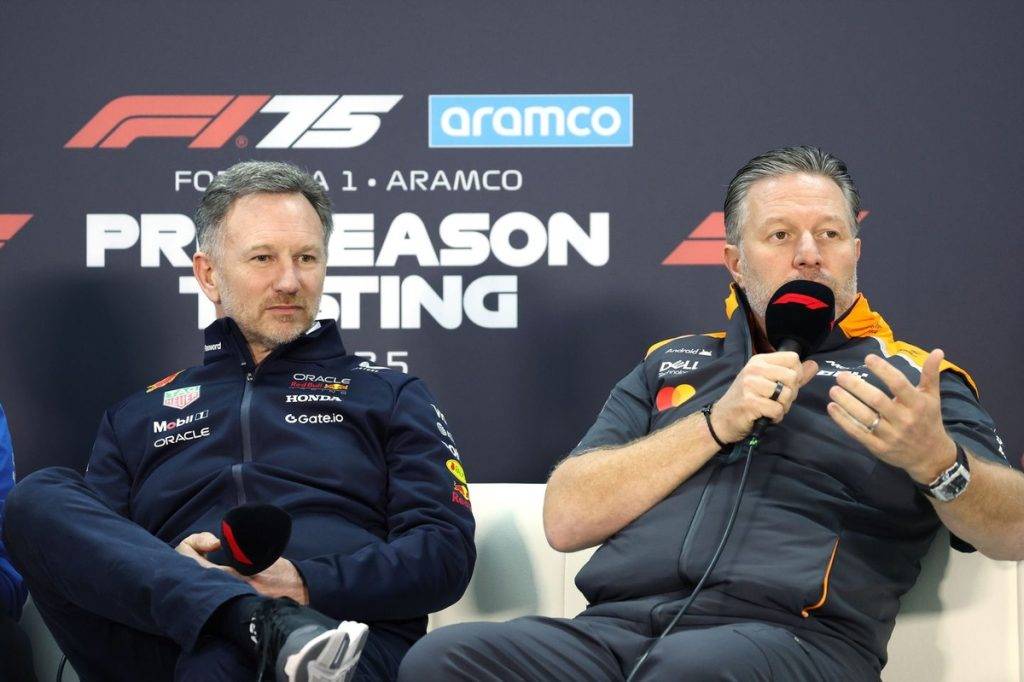F1‘s 2026 Engine Regulations Shape Up as a Political Battlefield
In a pivotal meeting held in Bahrain, key stakeholders from the Formula 1 paddock gathered to discuss the upcoming 2026 engine regulations, a topic that is quickly becoming a political flashpoint within the sport. This meeting followed comments from FIA director Nikolas Tombazis in China, who raised crucial questions about the long-term engine formula and the implications of shortening or scrapping the proposed regulations.
The Factors Behind the 2026 Engine Debate
F1’s journey towards sustainability has become a battleground for various manufacturers, igniting intense debates over the 2026 engine rules. With Audi and Honda advocating for regulations that resonate with their sustainability goals, and Mercedes emphasizing the need for a stable framework, the consensus is clear: changing the 2026 engine format is not an option for many.
Sustainable Goals and Technological Evolution
Audi’s preference for turbo engines due to their road relevance contrasts sharply with a faction of drivers lamenting the loss of the iconic engine sounds from the past. Esteban Ocon voiced the need for engines that recreate the auditory experience F1 fans cherished. As the FIA stresses, any future engine formula must balance sustainability, safety, performance, and audience appeal.
Concerns Over Regulation Changes
Engine design discussions have also raised fears about the implications of a single manufacturer dominating the racing landscape. Carlos Sainz articulated concerns regarding the adequacy of the current 2026 proposals, ideally pushing for a return to V10 engines, while Mclaren’s Andrea Stela called for unity among stakeholders to prevent negative public perception of the new regulations.
Political Tensions Rise Within the Paddock
Delving deeper into the political nuances, tensions have emerged over the potential adjustments to the energy deployment during races. Red Bull’s Christian Horner warned against scenarios leading to reduced action on track, a sentiment met with skepticism from Mercedes CEO Toto Wolff.
Navigating Compromises
As discussions progress, the challenge lies in addressing the ratio of electric power to internal combustion engines without compromising competitive fairness. The FIA’s research has signaled the urgency of ensuring that the new rules do not stifle on-track action, a critical component for fan engagement.
Conclusion: The Road Ahead for Formula 1
With the clock ticking down to 2026, the ongoing negotiations reflect a complex interplay of interests in Formula 1. As manufacturers and stakeholders grapple with technological demands and racing aesthetics, one question remains: who will prioritize the sport’s broader appeal over individual gains? The debate shows no signs of abating, elevating the importance of collaboration to secure an exciting future for F1 racing.
Stay updated with the latest F1 developments and join the conversation as this story unfolds.






